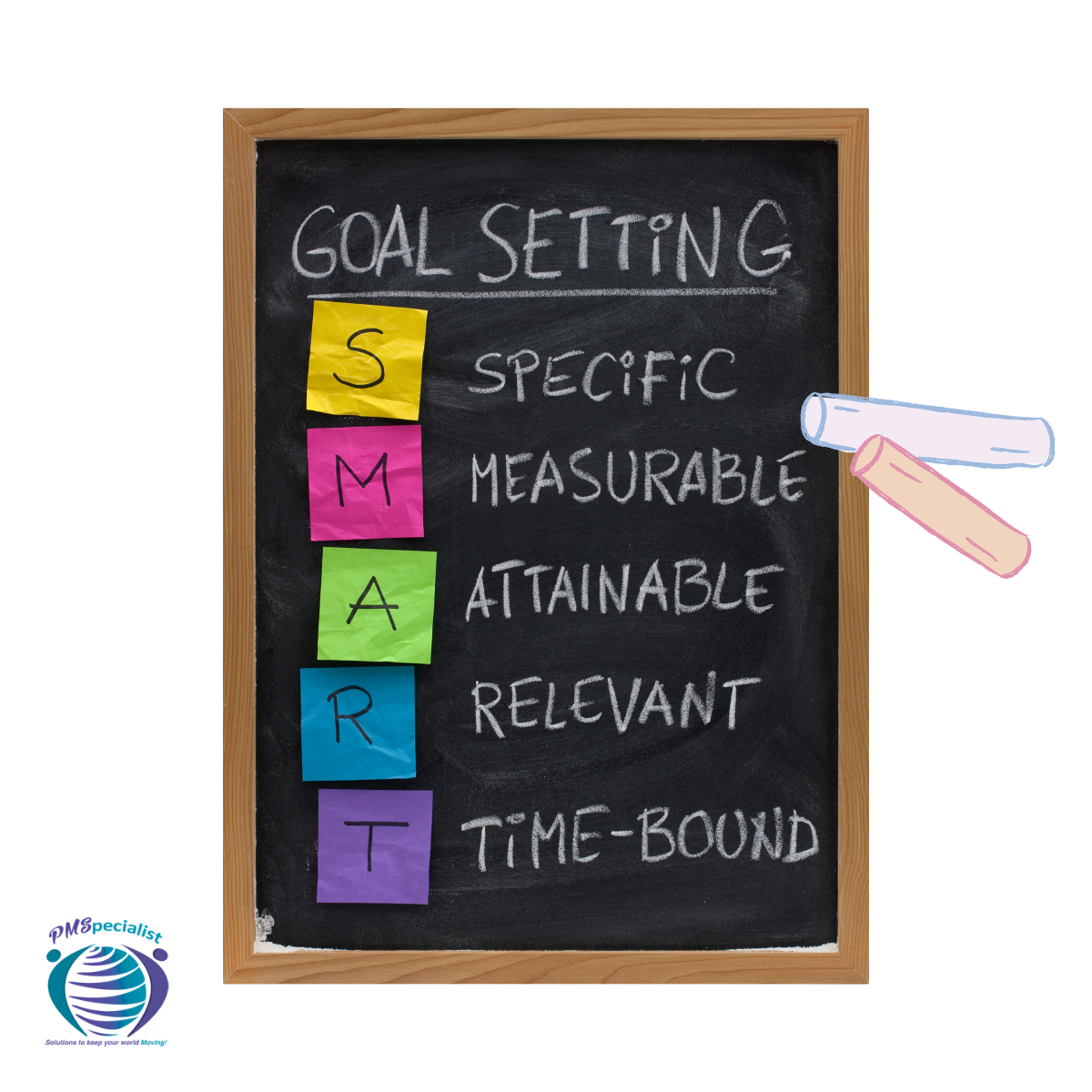How to Create SMART Goals for Your Business

In business, as in life, defining your goals and setting plans to achieve them, set you up for success. You start by being a visionary of what you want your business to look like. You have dreams of what you would like to achieve big ideas that you hope to accomplish within your business. It is important to have them. That said, you have to then define them as goals, and make actionable plans to make your goals a reality. As Greg Reid, a Motivational Speaker said:
“A dream written down with a date becomes a goal. A goal broken down into steps becomes a plan. A plan backed by action makes your dreams come true.”
While this sounds simple, and it is, writing your goals and keeping them in the forefront of your mind improves your chances of attaining them. A well-known form of goal setting called SMART Goals is also backed up by Neuroscience. I discussed this in my recent LinkedIn article, “What You Need to Know About Setting Achievable Goals.” Today though, I want to explain the SMART Goal process and how effective this form of goal setting can be in helping you to achieve your goals.
What Makes SMART Goals SMART?
Let’s start with the history of SMART Goals. Introduced back in a 1981 article by George Doran, Arthur Miller, and James Cunningham discussing how to create management goals. They have since been adapted to many other models and can be evolved to fit various applications. For instance, Robert S. Rubin from St. Louis University wrote in his article for “The Society for Industrial and Organizational Psychology,” suggested the need for an update to include efficacy and feedback, while others have chosen to expand the acronym to SMARTER and include Evaluated and Reviewed.
The five key components included are:
- Specific – the goals should be specific and detailed for your effective planning.
- Measurable – there should be steps to measure your progress so you can evaluate and adjust if necessary.
- Attainable – it should be a reasonable results-based goal that you can accomplish in the set timeframe.
- Relevant – these goals should align with your long-term plans and values.
- Time-based – it should be an ambitious yet realistic end date for the completion of the goal to keep you motivated through the process.
(NOTE: Your goals do not have to be an annual goal; they can be any measure of time you choose.)
As I said, these can be adapted to your personal needs too. You can tweak what each of the five sections means to you. If you research SMART Goals, you will see many variations and adaptations to the original format. As I present them here they work well for your business goals.
How to Write a SMART Goal
Let’s look at an example of a business goal and then make it a SMART Goal using the five components listed above.
GOAL: I want to have a more active social media presence.
SMART Goal:
I will be visible on LinkedIn posting 3 times per week, and spending 15 minutes per day, commenting on others’ posts and reacting to those who comment on mine. I will add 100 connections through conversations or reaching out directly in the next 90 days.
As you can see, the SMART Goal gives actionable, detailed steps to take to achieve your goal. You have a specific action to take, a measurable outcome, it is attainable in the time frame set and it is relevant to your business goals. With a goal in this format, you now can plan the activities into your day and work towards your goals.
It is Time to Set Your Smart Goals When creating business goals that align with your plans, your use of the SMART Goal format can greatly improve your chance of reaching your desired outcome. The clarity of the goal along with the required action defined will allow you to stay focused on the plan and continue to move toward the goal. Look at your current goals, and rewrite them to be Specific, Measurable, Attainable, Relevant, and Time based so that you successfully achieve them in 2021.
